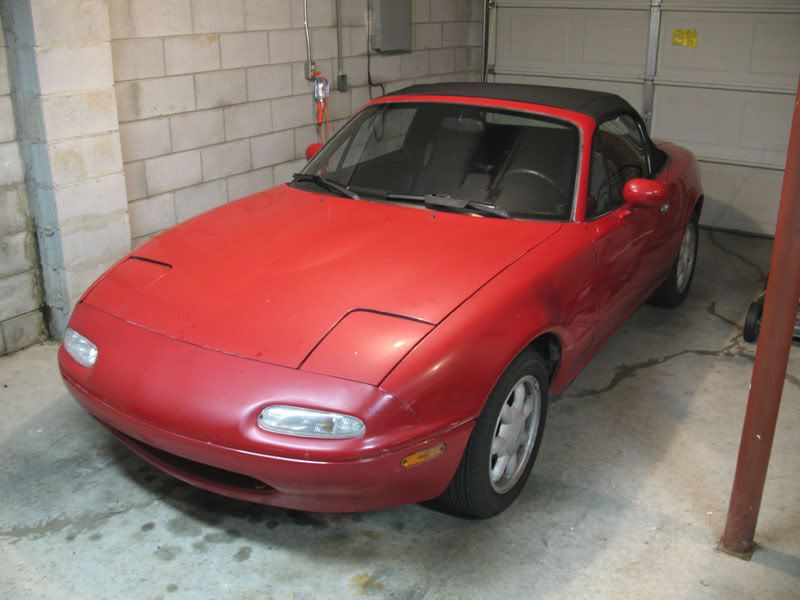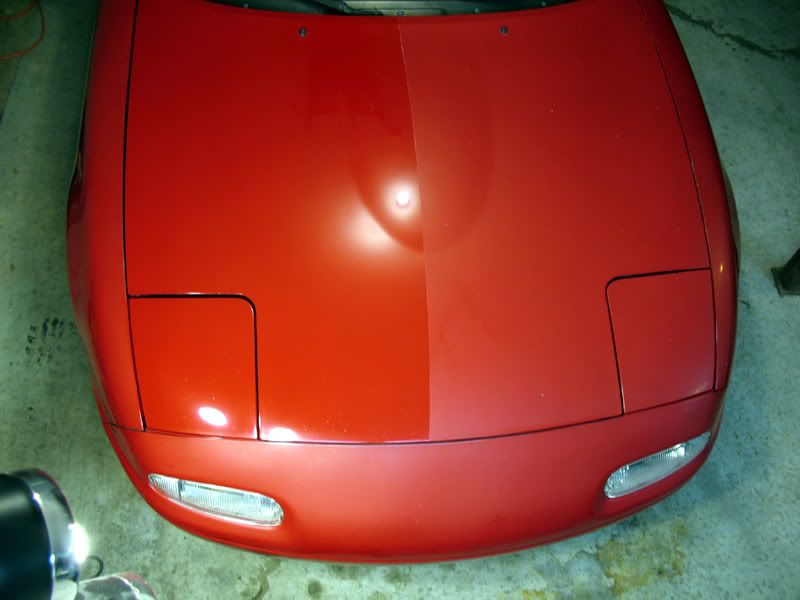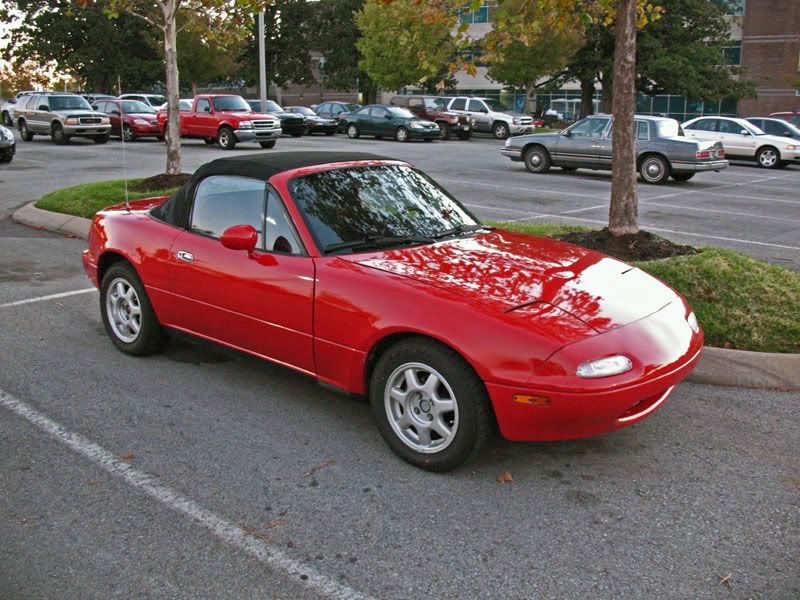
This thread will never be complete, in fact most of it is dated and frankly not up to my current standards. Fear not though, something better will come around, and hopefully soon!
Without actually seeing the stains, its hard to say. True water staining typically will only occur on aged single stage paint, as it is more porous and will absorb whatever chemicals or contaminants are in the water, as well as being more sensitive to the pH. Clear coat vehicles typically won't suffer from actual staining, but from etching or mineral deposits.
To further differentiate each kind of defect, a stain will be a discoloration without actually effecting the surface texture, whereas an etch mark is a negative depression in the paint surface caused by acid rain, bird poop, and even bug splatter. Mineral deposits are created by hard water that dries on the surface (whether from rain or a sprinkler, etc.), these are bonded contaminants above the paint surface.
Actual staining can be rather variable in its severity and required treatment, but you should start off with a light polish and work your way up to a heavy cut compound, possibly even wetsanding if the paint thickness is adequate. It will be the same sort of treatment for etching, although it should be noted that severe etching and staining may not be possible to remove without thinning the paint too significantly.
Minerals deposits can be removed with a claybar, but repeated applications may be necessary to fully remove them. Polishes and compounds can also be used, but the removed contaminants may create fine marks while polishing. Cleaning the surface and repolishing should fix any created issues.
Sorry for the delayed response, I don't check this often!






 Be the first to like this post.
Be the first to like this post. Be the first to like this post.
Be the first to like this post. Be the first to like this post.
Be the first to like this post. Be the first to like this post.
Be the first to like this post.


 Be the first to like this post.
Be the first to like this post. Be the first to like this post.
Be the first to like this post. Be the first to like this post.
Be the first to like this post.